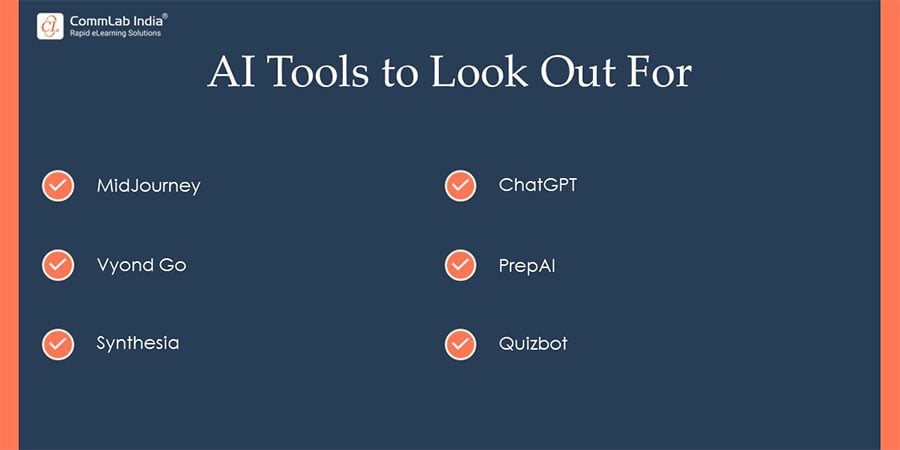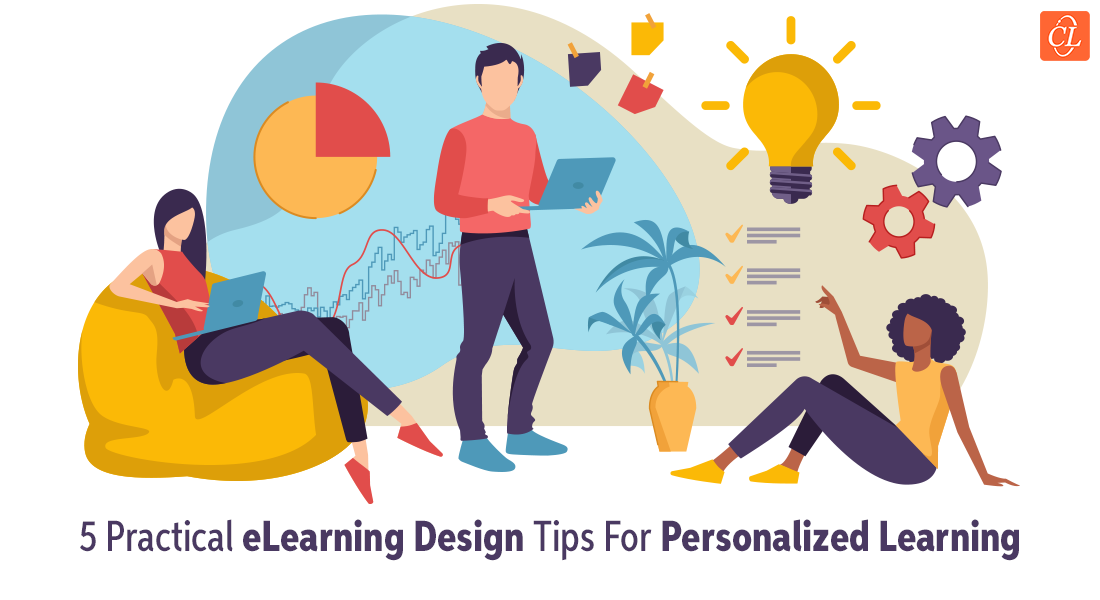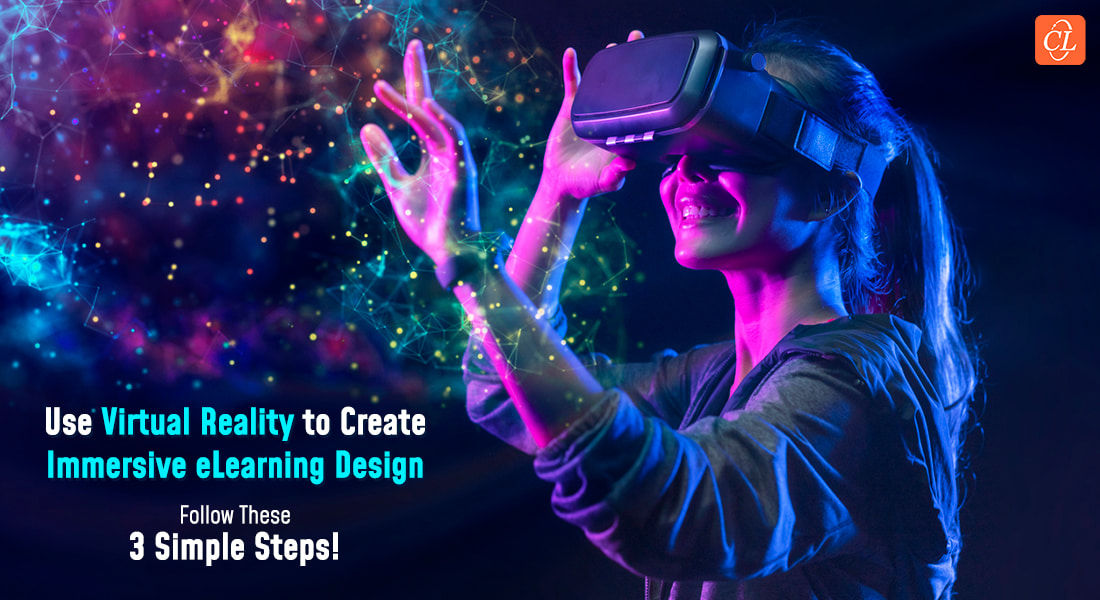Designing High-Impact Microlearning, Leveraging AI Tools [Webinar]
Join us in an exciting webinar session to explore artificial intelligence tools to expedite microlearning design and development.

In today’s fast-paced world, where time is a valuable commodity, instructional designers often struggle to keep up with the ever-increasing demands for efficient and effective learning. However, microlearning offers an ideal solution by delivering bite-sized, focused content that is easily digestible and quickly applicable.
There is no doubt that microlearning has emerged as a powerful tool for delivering concise and impactful learning experiences. However, to further enhance its potential, organizations are increasingly leveraging artificial intelligence (AI) tools. The integration of AI tools in the design and delivery of microlearning content offers exciting possibilities to create high-impact learning experiences. From personalization and adaptive learning to content curation and recommendation, AI-powered solutions enhance the effectiveness and engagement of microlearning initiatives.
The Power of AI to Enhance Microlearning!
A Sneak Peek into the Webinar:
- Distinguishing Microlearning from Other Instructional Strategies
- Engaging with Stakeholders to Clarify Requirements
- Identifying Opportunities for Microlearning
- Following a Streamlined Development Path
Incorporating AI tools into microlearning design allows organizations to leverage the power of technology to deliver relevant, engaging, and impactful content and learning experiences. By embracing these advancements, instructional designers can unlock the full potential of microlearning and enable learners to acquire knowledge and skills efficiently and effectively.
To give you more insights into the same, we want to welcome you to an exciting webinar session by Dr. Howard B. Lewis, PH.D., CPT. He is a Ph.D. holder and CPT, having more than 40 years of experience in designing learning & performance improvement solutions. Join us as he provides valuable insights into the world of microlearning design and how artificial intelligence (AI) tools can help expedite development.
→ Register Now: Leverage AI Tools to Design High-Impact Microlearning
What Will We Discuss About in the Webinar?
Distinguishing Microlearning from Other Instructional Strategies
While we explore the role of AI in microlearning design in the webinar, it is also important to understand how microlearning differentiates itself from other instructional design strategies. Unlike traditional methods that often rely on lengthy courses or workshops, microlearning focuses on delivering small, self-contained units of information that can be consumed independently. These units are concise, engaging, and tailored to specific learning objectives, enabling learners to acquire knowledge in bite-sized portions.

Engaging with Stakeholders to Clarify Requirements
To ensure the successful implementation of microlearning, it is crucial to engage with stakeholders early on to clarify their requirements. By involving subject matter experts, instructors, and learners, valuable insights can be gathered regarding the target audience, desired learning outcomes, and preferred delivery methods. AI tools can play an important role here by analyzing data, conducting surveys, and providing actionable insights that facilitate the customization and personalization of microlearning experiences.
Identifying Opportunities for Microlearning
Microlearning is a versatile approach that can be applied to various scenarios, including refresher and reinforcement courses. With AI-powered analytics, organizations can identify knowledge gaps, determine where reinforcement is needed, and create targeted microlearning modules to address specific areas of improvement. By delivering timely and relevant content, microlearning helps learners retain knowledge and apply it in real-world situations.

Following a Streamlined Development Path with Technology
Vyond and Synthesia are powerful tools that can streamline the development of animations and video content. Vyond is a cloud-based animation software that enables users to create engaging animated videos with ease, using pre-built templates and a user-friendly interface. On the other hand, Synthesia is an AI-driven video generation platform that automates video production, allowing users to generate personalized videos at scale, using text-to-video technology. Combining these two platforms can optimize the animation and video creation process, providing efficient and dynamic content development solutions for various industries.
Parting Thoughts
As the demand for flexible and efficient learning solutions grows, the combination of microlearning design and AI tools emerges as a powerful force in training and development. By embracing microlearning, organizations can deliver targeted and impactful content to learners, enhancing knowledge retention and practical application. AI tools further expedite the development process, empowering instructional designers to create engaging and personalized microlearning experiences. Together, microlearning and AI open a world of limitless potential, revolutionizing the way we acquire knowledge and skills in the digital age.





